Test and methodology
Again my brand new test system is used. A Ryzen 5 3600 has to be cooled with factory settings, in addition to 16GB Crucial Ballistix Sport (2x8GB) DDR4 memory on a MSI B550 Tomahawk (BIOS 7C91vA3). The Asus ROG Strix GTX 1060 6GB runs for the CPU stress tests only for the image output in zero-fan mode and a BitFenix Whisper M 450W is used as power source. 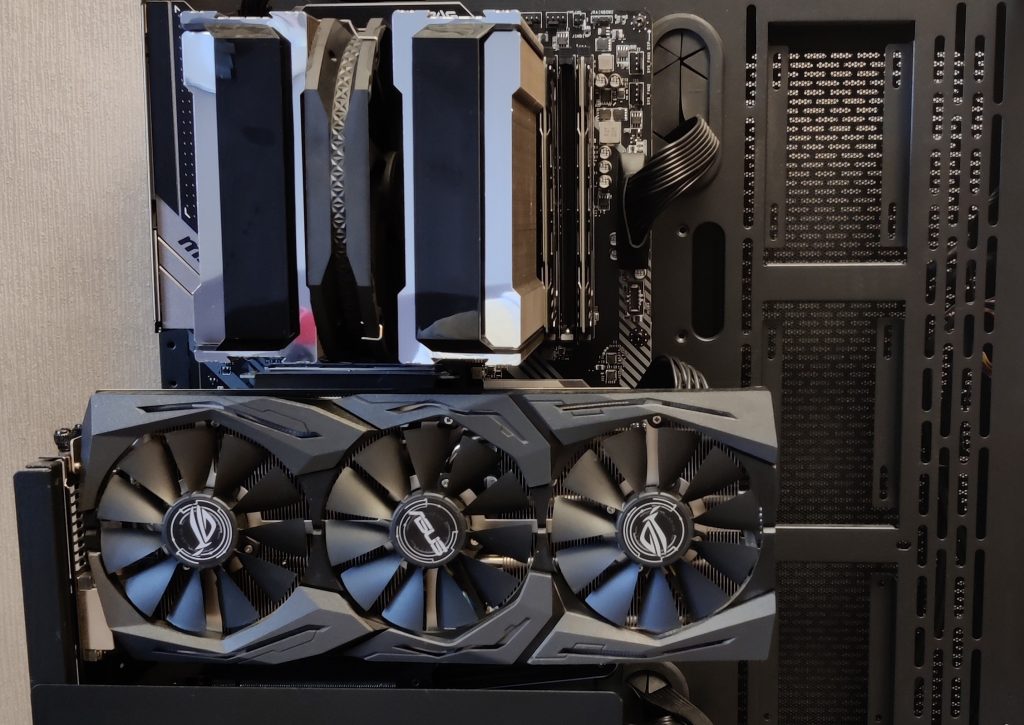
All data sets are logged with HWInfo64 v6.30-4240 – 2000ms Logging, the specified temperature is derived from the sensor CPU Die (Average). Since I don’t have an air conditioning system, the values in the graphs are the delta between room temperature and CPU temperature. In this way all cooling systems can be compared fairly, even if the ambient temperature is different. The heat-conducting paste enclosed with the cooler or applied before is used.
Benchmarks
For the first set of data, the cooler would run with two fans at different speeds:
|
2 fans |
30% PWM |
60% PWM |
100% PWM |
|
Speed |
400 RPM |
965 RPM |
1340RPM |
|
Volume |
Silent |
Low whirring |
whirring |
|
Environment |
21,7 – 21,9°C |
22,3 – 22,9°C |
23,1 – 23,2°C |
In the next run a cooler had to be sufficient. If you want to see your fancy RGB-RAM, here are the values for you:
|
1 fan |
30% PWM |
60% PWM |
100% PWM |
|
Speed |
400 RPM |
965 RPM |
1340RPM |
|
Volume |
Silent |
Low whirring |
whirring |
|
Environment |
21,5 – 21,4°C |
21,1 – 21,2°C |
19,5 – 20,5°C |
For the final overview I also tested the configuration with two fans and two low-noise adapters. The data is evaluated after a 5 minute warm-up phase and then continuously for 15 minutes:
Conclusion / Summary
The Assassin III from Deepcool makes a very good impression in terms of cooling performance. The large fans remain inconspicuous throughout and blend in well with the other soundscape of a system under load, even at maximum speed, due to their noise. The workmanship is first class, but is also to be expected at this price. The black plastic covers on the upper side of the cooler show fingerprints very clearly, but they disappear after wiping them off once, but also directly again. The assembly goes well by hand, but in combination with the tough heat-conducting paste there is one last trick to finish:
The cooler can hardly be turned during disassembly, as recommended for the AM4 socket. This interaction leads to the fact that the CPU comes out of the socket as soon as the cooler is removed:
But since most people probably don’t remove the radiator very often, there are only small deductions in the B grade. All in all, you get a monstrous cooler with the right performance, but which also fits into the price range of the well-known sizes like NH-D15, but is also available at a much lower price. How the +- 165mm left in its housing may strike.














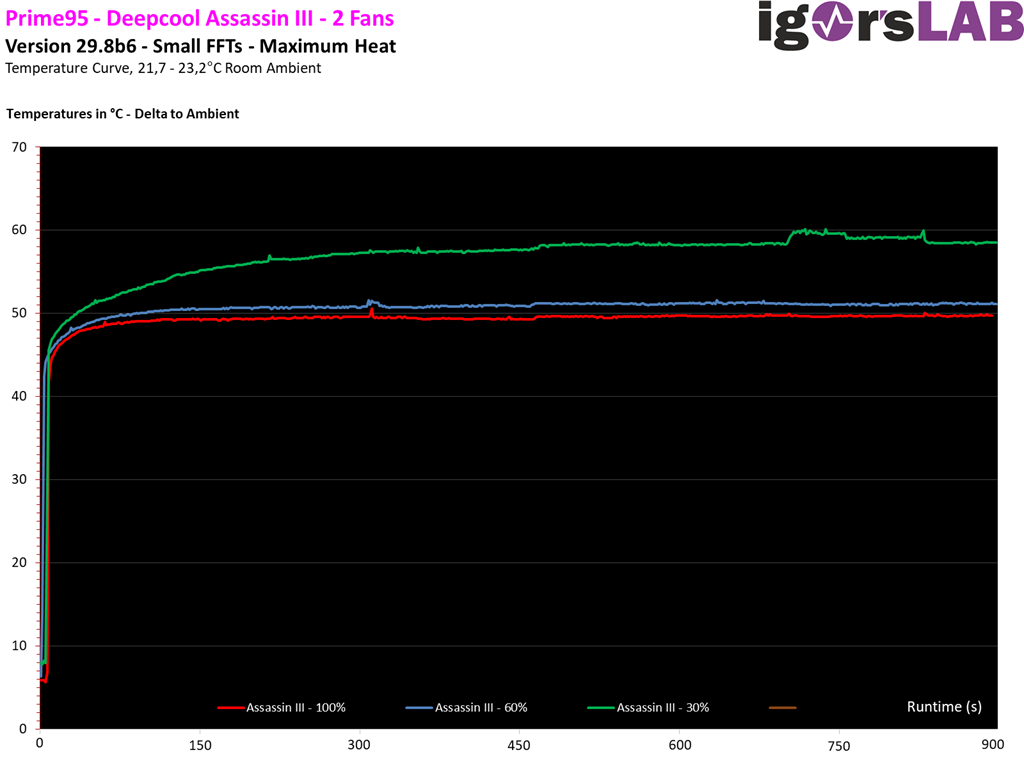
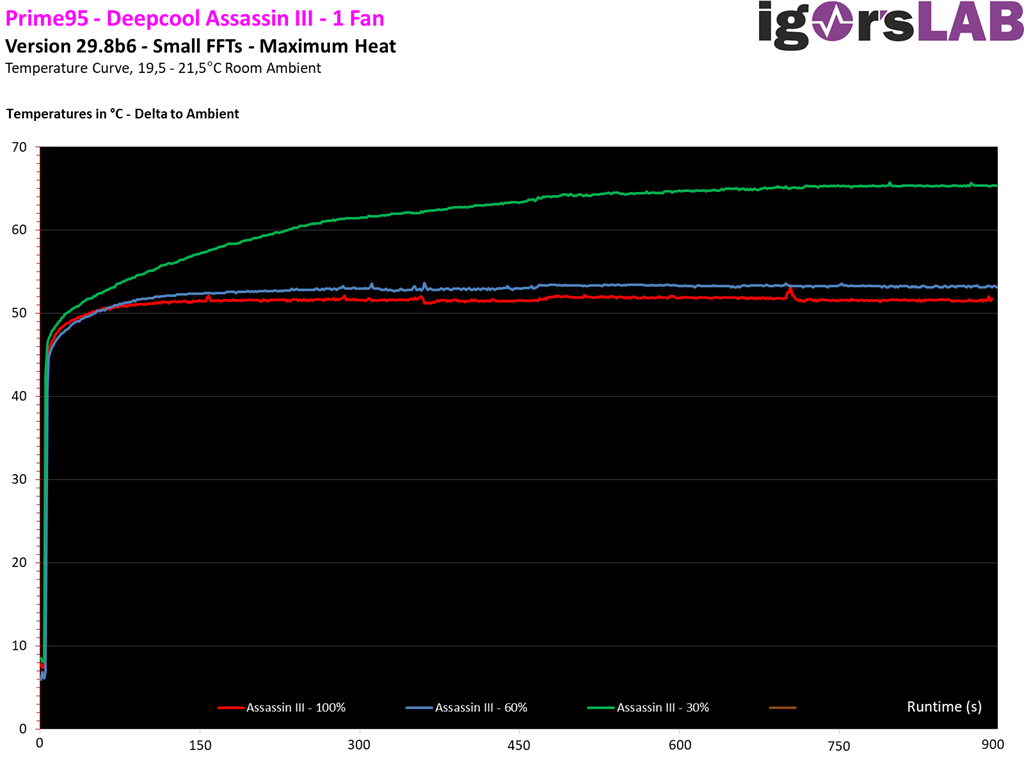
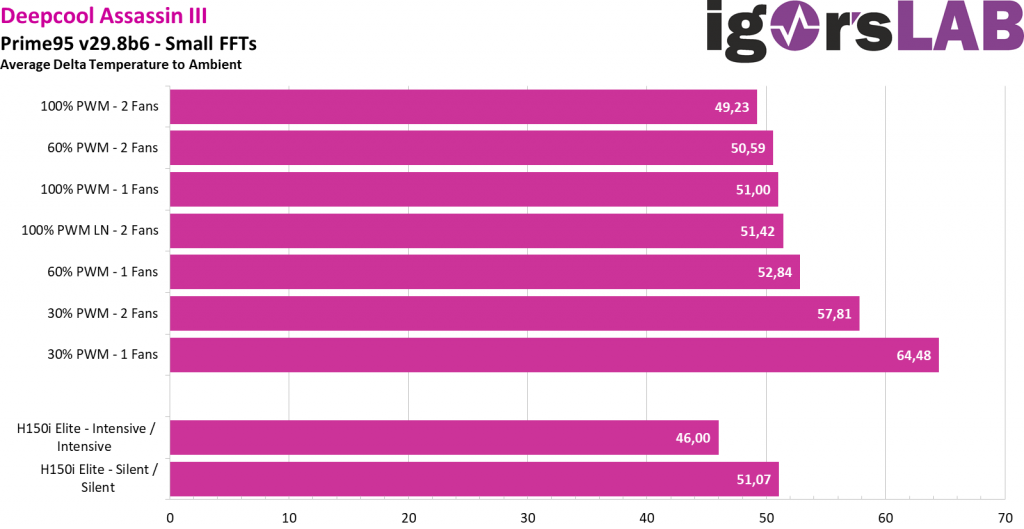
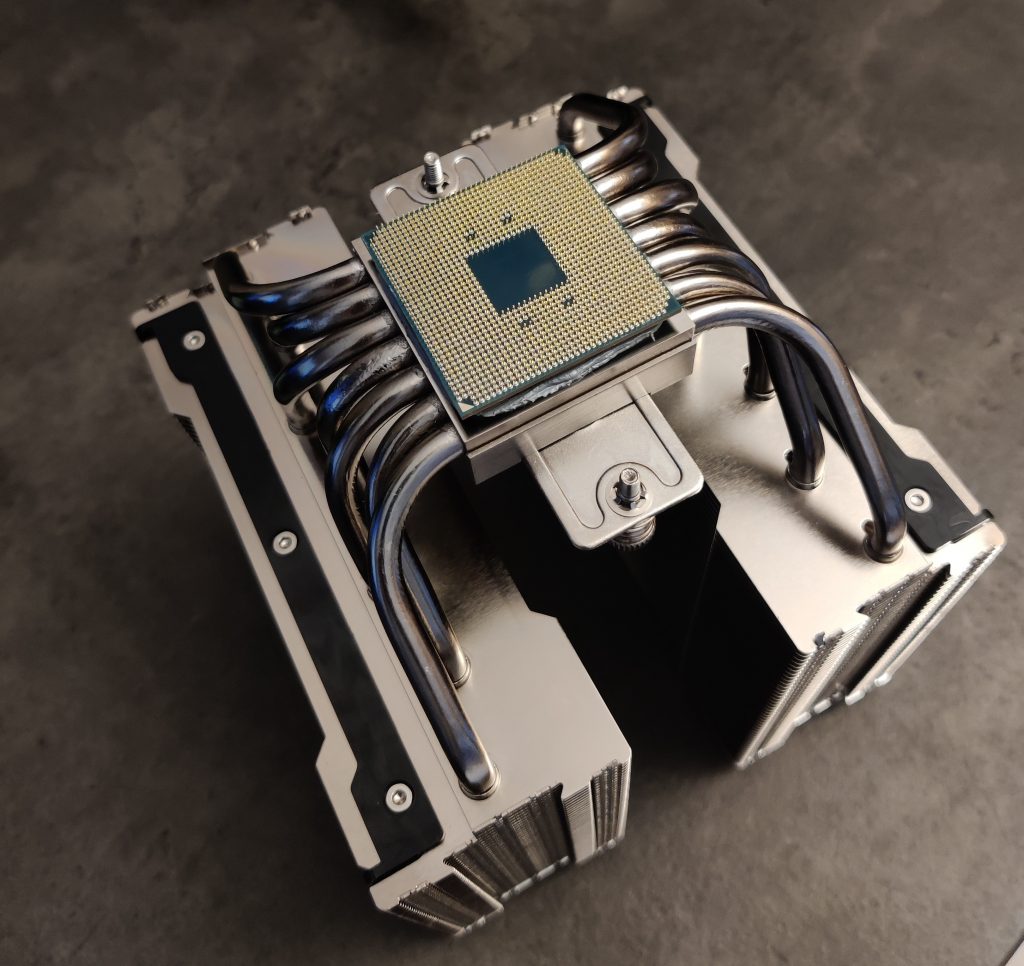

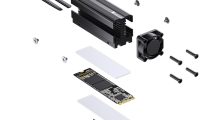















Kommentieren